Home>Garden Essentials>Garden Storage>How To Build A New Wardrobe On A Budget
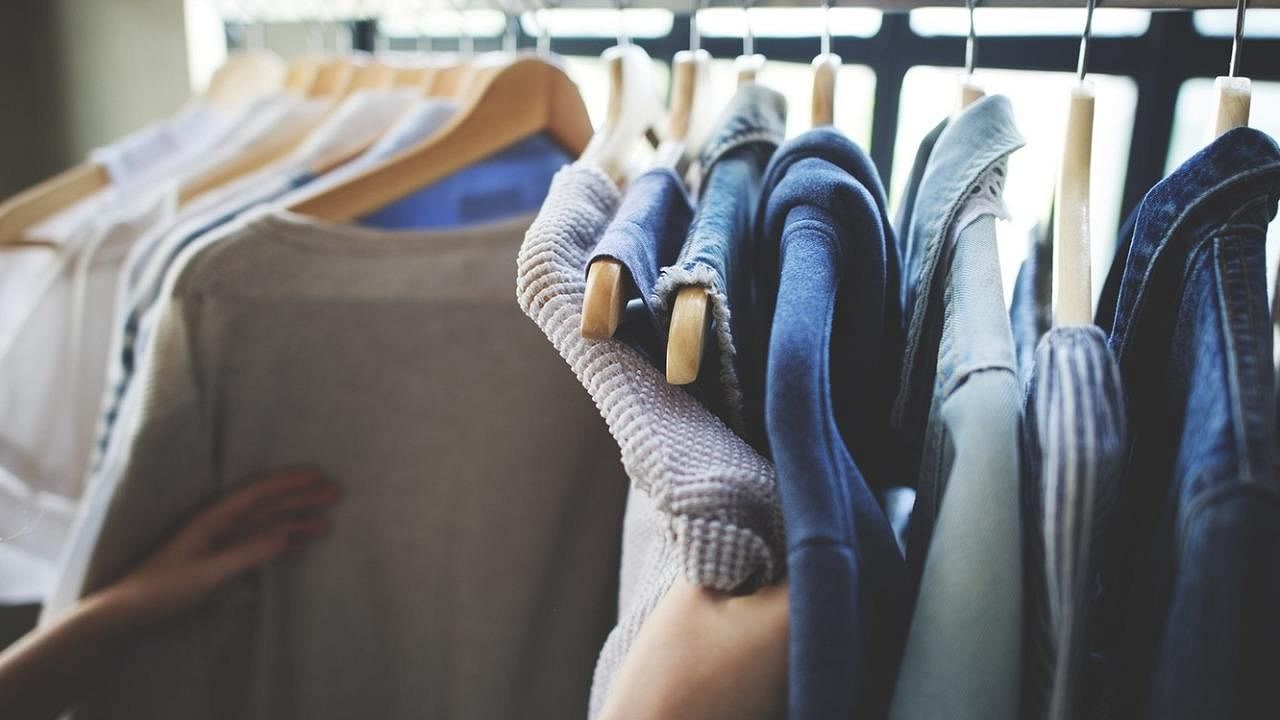

Garden Storage
How To Build A New Wardrobe On A Budget
Modified: August 20, 2024
Discover smart storage solutions and budget-friendly tips to build a new wardrobe without breaking the bank. Transform your space with creative storage ideas.
(Many of the links in this article redirect to a specific reviewed product. Your purchase of these products through affiliate links helps to generate commission for Storables.com, at no extra cost. Learn more)
Introduction
Building a new wardrobe doesn’t have to break the bank. With some strategic planning and creative shopping techniques, you can revamp your closet and create a stylish ensemble without spending a fortune. Whether you’re looking to upgrade your current style or completely reinvent your look, this article will guide you through the process of building a new wardrobe on a budget. So, let’s dive in!
First, it’s important to assess your current wardrobe and determine what you need to add or replace. Take a close look at your style preferences and identify any gaps or missing staple pieces. Are you lacking in professional attire? Do you need more casual everyday outfits? Make a list of the items you need to complete your wardrobe.
Setting a budget is the next crucial step. Determine how much you can comfortably spend on your new wardrobe. Be realistic and consider your financial situation. Once you have a budget in mind, allocate funds for different items based on their importance and versatility. This way, you can prioritize essential pieces while still leaving room for some trendy and fun additions.
To stretch your budget further, take advantage of thrifty shopping tips. Explore thrift stores and consignment shops, where you can find unique and affordable clothing items. Keep an eye out for sales and discounts at both physical and online stores. Additionally, don’t underestimate the power of online marketplaces. Many websites offer gently used clothing at a fraction of the original price.
When building a new wardrobe on a budget, it’s wise to focus on creating a capsule wardrobe. Choose versatile and timeless pieces that can be mixed and matched to create a variety of outfits. Invest in quality basics like neutral-colored tops, bottoms, and outerwear. These versatile pieces will serve as the foundation of your new wardrobe.
If you’re feeling creative, consider DIY and upcycling options. Revamp old clothes by adding embellishments, altering the fit, or repurposing them into new garments. This way, you can give your wardrobe a personalized touch and save money at the same time.
Accessories can elevate any outfit, even on a budget. Look for affordable jewelry and accessories to add some flair to your wardrobe. Statement necklaces, earrings, and bracelets can transform a simple outfit into a stylish one. Additionally, scarves and belts can be versatile accessories that can be worn in different ways to add interest to your look.
Caring for your clothes is essential to make them last longer. Follow proper cleaning and maintenance guidelines for each garment to keep them in great condition. Repair any damages promptly, whether it’s replacing a missing button or fixing a small tear. If you have basic sewing skills, you can also consider altering clothes to achieve a better fit or a different style.
Building a new wardrobe on a budget is an exciting endeavor that requires careful planning and strategic shopping. By following these tips, you can create a stylish and versatile wardrobe without breaking the bank. So, get started on upgrading your closet and embrace a new, budget-friendly fashion journey!
Key Takeaways:
- Building a new wardrobe on a budget is achievable through strategic planning, thrifty shopping, and DIY techniques. Embrace versatile pieces, prioritize quality, and care for your clothes to create a stylish and cost-effective collection.
- Assess your style, set a budget, and explore thrifty shopping options to build a budget-friendly wardrobe. Embrace DIY and upcycling, prioritize quality over quantity, and care for your clothes to create a sustainable and personalized collection.
Read more: How To Build A Work Wardrobe On A Budget
Assessing Your Current Wardrobe
Evaluating your style and needs is an essential first step in building a new wardrobe on a budget. By taking a closer look at your current clothing collection, you can identify what styles resonate with you and determine what items are missing from your wardrobe. This assessment will help you make informed choices about what to add or replace in your new closet.
Start by evaluating your personal style. Consider the kind of clothes you feel most confident and comfortable in. Are you drawn to casual and laid-back outfits or do you prefer a more polished and sophisticated look? Understanding your style preferences will ensure that your new wardrobe aligns with your individual fashion sense.
Next, think about your lifestyle and the activities you engage in regularly. Do you need more professional attire for work or formal occasions? Are you often in need of comfortable and functional clothing for active pursuits? Take note of any specific needs or preferences such as dress codes or specific occasions you frequently attend.
Once you have a clear understanding of your style and needs, it’s time to identify staple pieces that will serve as the foundation of your new wardrobe. Staple pieces are versatile, timeless items that can be mixed and matched to create a variety of outfits. These are the building blocks of any successful wardrobe.
Consider investing in neutral-colored basics that can be easily paired with other pieces. Classic items like a well-fitted pair of jeans, tailored trousers, a white button-down shirt, and a little black dress are timeless staples that never go out of style. These versatile pieces can be dressed up or down, and can be styled in numerous ways to suit different occasions.
In addition to the essentials, think about any specific items that will enhance your wardrobe and help you create various looks. For example, if you often wear skirts or dresses, you might want to include a few different styles in your collection. Or if you prefer a more casual look, consider adding comfortable and stylish sneakers or flats to complement your outfits.
By assessing your current wardrobe, evaluating your style and needs, and identifying staple pieces, you can lay the groundwork for a successful and budget-friendly wardrobe build. This process will help you curate a collection of clothing that reflects your personal style, suits your lifestyle, and can be easily mixed and matched to create a wide variety of outfits. With a solid foundation, you can now move forward with setting a budget and embarking on your thrifty shopping journey.
Setting a Budget
Determining your budget is a crucial step in building a new wardrobe on a budget. By knowing how much you can comfortably spend, you can make informed decisions and prioritize your purchases. Setting a budget will ensure that you don’t overspend and that you allocate funds appropriately for different items.
To determine your budget, start by evaluating your current financial situation. Consider your income, expenses, and any other financial obligations you have. Calculate how much you can realistically afford to spend on building your new wardrobe without compromising your other financial goals and responsibilities.
It’s important to be realistic and set a budget that works for you. Remember that building a wardrobe is an ongoing process, and you don’t need to purchase everything at once. You can start with a smaller budget and gradually add to your wardrobe over time. The key is to be mindful of your financial capabilities and not exceed your comfortable spending limit.
Once you have determined your budget, it’s time to allocate funds for different items. Start by identifying the essential pieces you need to complete your wardrobe. These may include basic tops, bottoms, outerwear, and shoes. Allocate a larger portion of your budget for these staple items as they will be the foundation of your new wardrobe.
Next, consider any specific items or trends you want to incorporate into your wardrobe. This could include statement pieces, accessories, or clothing items that reflect your personal style. It’s important to allocate a portion of your budget for these items as they can add excitement and personality to your outfits.
When allocating funds, also keep in mind the quality of the items you are purchasing. Investing in higher quality pieces may require a larger upfront cost, but they are likely to last longer and provide better value for your money in the long run. Remember, quality over quantity is key when building a wardrobe that will stand the test of time.
Furthermore, consider setting aside a portion of your budget for alterations or tailoring. Sometimes, finding the perfect fit off the rack can be a challenge. By leaving some room in your budget for alterations, you can have your clothing items tailored to fit you perfectly, ensuring that you look and feel your best in your new wardrobe.
By determining how much you can spend and allocating funds for different items, you can create a well-balanced budget for building your new wardrobe. This will help you stay on track, make mindful purchases, and ensure that your budget is utilized effectively. With a budget in place, you can now move forward with your thrifty shopping techniques and start adding the desired items to your collection.
Thrifty Shopping Tips
When building a new wardrobe on a budget, it’s essential to be smart and strategic with your shopping. By utilizing thrifty shopping tips, you can find great deals and save money while still adding stylish pieces to your collection. Here are some tips to help you make the most of your budget:
1. Shopping at Thrift Stores and Consignment Shops: Thrift stores and consignment shops are treasure troves for budget-friendly fashion. These stores offer a wide range of gently used clothing at significantly discounted prices. Explore different thrift stores in your area to discover unique pieces that fit your style. Consignment shops are also worth exploring as they often have curated collections of pre-owned designer items at a fraction of the original price.
2. Taking Advantage of Sales and Discounts: Keep an eye out for sales and discounts both in physical stores and online. Many retailers offer seasonal promotions, clearance sales, or special discounts on selected items. Sign up for newsletters or follow your favorite brands on social media to stay updated on any upcoming sales. In addition, take advantage of holidays like Black Friday or Cyber Monday to score great deals on clothing and accessories.
3. Exploring Online Marketplaces: Online marketplaces like eBay, Poshmark, and Depop are excellent resources for budget-friendly fashion. These platforms allow individuals to buy and sell new or gently used clothing items. You can find a wide variety of styles and brands at discounted prices. Be sure to read the descriptions and check the seller’s ratings to ensure a positive shopping experience.
4. Networking and Clothing Swaps: Consider organizing a clothing swap party with friends, family, or coworkers. This allows you to exchange clothing items that you no longer need or wear, giving you the opportunity to refresh your wardrobe without spending money. It’s a sustainable and budget-friendly way to find new pieces while also decluttering your closet.
5. Seasonal Shopping: To find great deals, shop for off-season items. Retailers often markdown seasonal items at the end of each season to make space for new inventory. Purchase winter clothing at the end of winter or summer clothing at the end of summer to take advantage of these discounted prices. You can save a significant amount of money by planning ahead and buying items when they are on sale.
Remember, thrifty shopping doesn’t mean compromising on style or quality. With a bit of patience and creativity, you can find fashionable pieces that fit your budget. Take advantage of thrift stores, sales, discounts, and online marketplaces to maximize your savings while building your new wardrobe.
By following these thrifty shopping tips, you can stretch your budget and find amazing deals on clothing and accessories. With a little bit of time and effort, you can create a stylish wardrobe without breaking the bank.
Building a Capsule Wardrobe
A capsule wardrobe is a curated collection of versatile and timeless pieces that can be mixed and matched to create a wide variety of outfits. Building a capsule wardrobe is a smart and budget-friendly approach to fashion as it allows you to make the most of your clothing items while minimizing the need for excessive shopping. Here are some tips to help you build a capsule wardrobe:
1. Selecting versatile and timeless pieces: When building a capsule wardrobe, focus on acquiring items that can be worn in multiple ways and for various occasions. Invest in quality basics such as neutral-colored tops, bottoms, and outerwear. These classic pieces serve as the foundation of your wardrobe and can be easily mixed and matched to create different looks. By selecting versatile pieces, you can maximize the number of outfits you can create with a smaller number of items.
2. Mix and match strategies: Experiment with different outfits by combining your clothing items in new and creative ways. Don’t be afraid to play with layering, accessories, and different styles to create unique looks. For example, a white button-down shirt can be paired with jeans for a casual day look, or dressed up with a blazer and trousers for a more formal occasion. By mixing and matching your clothing pieces, you can create a variety of outfits from a limited number of items.
3. Consider your color palette: Choose a color palette that works well together and is cohesive with your personal style. By sticking to a limited color range, it becomes easier to mix and match different pieces. Neutrals like black, white, gray, and beige are classic choices that can be paired with almost any other color. However, don’t be afraid to add pops of color or patterns to add interest and personality to your outfits.
4. Invest in quality over quantity: Building a capsule wardrobe is all about quality over quantity. Prioritize investing in well-made clothing items that will last longer and maintain their shape and appearance over time. While quality pieces may have a higher upfront cost, they will provide better value in the long run as you won’t have to replace them as frequently.
5. Consider your lifestyle and personal style: When building a capsule wardrobe, take into account your lifestyle and personal style preferences. Choose clothing items that align with your daily activities, whether it’s work, leisure, or special events. Consider the types of fabrics that are comfortable and suitable for your climate. By selecting items that fit your lifestyle, you’ll ensure that your capsule wardrobe is practical and functional for your everyday needs.
Building a capsule wardrobe is a sustainable and budget-friendly approach to fashion. By carefully selecting versatile and timeless pieces, embracing mix and match strategies, and considering your color palette, you can create a collection of outfits that reflect your personal style while minimizing unnecessary purchases. A well-curated capsule wardrobe will not only save you money but also save you time and energy in getting dressed each day.
Consider shopping at thrift stores or online resale websites to find high-quality, affordable clothing items. You can often find unique pieces and designer brands at a fraction of the cost.
Read more: Tips For Building A Budget-Friendly Wardrobe
DIY and Upcycling
DIY and upcycling techniques offer a fantastic opportunity to breathe new life into your existing clothing items, while also adding a personal touch to your wardrobe. Instead of purchasing new garments, you can revamp old clothes and create unique pieces that reflect your individual style. Here are some ideas for DIY and upcycling projects:
1. Revamping old clothes: Take a look through your closet and identify items that you no longer wear or that need a little refresh. Consider altering the fit of garments to better suit your body shape or current style preferences. Take in or let out seams, shorten or lengthen hems, or change necklines or sleeves to create a whole new look. You can also add embellishments like lace, patches, or sequins to transform a plain item into a statement piece.
2. Adding personal touches: Personalize your clothes by adding unique details that make them truly one-of-a-kind. Use fabric paint or markers to create custom designs, patterns, or graphics on t-shirts, sweatshirts, or denim. Embroidery is another popular option that allows you to add intricate designs or monograms to your garments. You can also experiment with fabric dyes to change the color of your clothes and give them a fresh new look.
3. Repurposing old items: Instead of discarding old or damaged clothes, think about creative ways to repurpose them into something new. For example, you could transform a worn-out pair of jeans into stylish denim shorts or a denim skirt. You could also repurpose an oversized button-down shirt into a trendy off-the-shoulder top. These repurposed garments will not only save you money but also add a unique and eco-friendly touch to your wardrobe.
4. Embrace DIY accessories: Extend your DIY skills to accessories as well. Transform old scarves into headbands or infinity scarves by sewing or knotting the ends together. Use leftover fabric scraps to create hair accessories, such as bows or scrunchies. You can even repurpose old jewelry by taking apart beads or charms and incorporating them into new designs. DIY accessories not only allow you to personalize your look but also provide a great opportunity to practice your crafting skills.
5. Explore online tutorials and platforms: If you’re new to DIY and upcycling, don’t worry! There are numerous online resources and platforms that offer step-by-step tutorials and inspiration. Websites like Pinterest and YouTube are treasure troves of DIY fashion ideas, where you can find everything from sewing techniques to clothing transformation projects. Don’t be afraid to get creative and experiment with different techniques to make your old clothes feel new again.
By embracing DIY and upcycling techniques, you can not only save money but also indulge in your creativity and create personalized clothing items. Revamping old clothes and adding personal touches allows you to showcase your style and express your individuality. So, dive into DIY projects, explore new techniques, and enjoy the satisfaction of giving your wardrobe a fresh and unique update.
Accessorizing on a Budget
Accessories are a fantastic way to elevate and personalize your outfits, even when you’re on a budget. With some creativity and strategic shopping, you can add flair to your wardrobe without breaking the bank. Here are some tips for accessorizing on a budget:
1. Styling with jewelry and accessories: Statement jewelry can instantly transform a simple outfit into a stylish one. Look for affordable options like costume or fashion jewelry, which can be found at affordable prices at various retail stores, online shops, or even thrift stores. Layer delicate necklaces and stack bracelets to add interest to your look. Don’t forget to experiment with different styles and materials, like boho-inspired pieces, minimalist designs, or bold and colorful accessories.
2. Utilizing scarves and belts: Scarves and belts are versatile accessories that can completely change the look of an outfit. They can be used to add color, texture, or shape to your ensemble. Wrap a scarf around your neck, tie it in your hair, or wear it as a sarong over your swimsuit. Belts can define your waist and add a polished touch to a dress or oversized top. Look for affordable options and experiment with different ways to incorporate them into your outfits.
3. Shop at affordable retailers: Many budget-friendly retailers offer trendy accessories at affordable prices. Look for sales and discounts at fast fashion stores or check out their online platforms. You can find a wide range of accessories, from earrings and necklaces to hair accessories and handbags. Remember to opt for timeless and versatile pieces that can be worn with multiple outfits to maximize their value.
4. DIY your own accessories: If you’re feeling crafty, consider making your own accessories. Get creative with materials like beads, feathers, or fabric scraps to create unique jewelry pieces or hair accessories. You can find tutorials online or get inspiration from DIY blogs and channels. Not only will you save money, but you’ll also have accessories that are truly one-of-a-kind.
5. Swap with friends or organize clothing swaps: Accessorizing doesn’t always require buying new items. Arrange clothing swaps with friends or organize a community event where people can bring their unwanted accessories and switch them with others. This way, you can freshen up your collection without spending any money. Remember, one person’s unwanted accessory can be another person’s treasure.
Accessorizing on a budget requires creativity, smart shopping, and the willingness to think outside the box. With a little bit of effort, you can find affordable accessories that can transform your outfits and elevate your style. So, embrace your inner fashionista, experiment with different accessories, and have fun accessorizing your wardrobe without breaking the bank.
Taking Care of Your Wardrobe
Proper care and maintenance are key to ensuring that your wardrobe items last longer and remain in great condition. By implementing good cleaning and maintenance practices, as well as handling repairs and alterations, you can extend the lifespan of your clothing and save money in the long run. Here are some tips for taking care of your wardrobe:
1. Proper cleaning and maintenance: Follow the care instructions on clothing labels to ensure that you clean your garments correctly. Different fabrics require different care methods, so be sure to read and follow the instructions carefully. Sorting your laundry by color and fabric type can help prevent color bleeding or damage. Use gentle detergents or fabric-specific cleaners to avoid harsh chemicals that can damage the fibers. Additionally, air drying your clothes instead of using a dryer can help preserve their shape and prevent shrinkage.
2. Repairing and altering clothes: When a clothing item has a small tear, missing button, or loose seam, don’t throw it away. Instead, learn basic sewing skills or find a local tailor who can mend and repair your clothes. Replacing missing buttons, fixing hems, or patching small holes can breathe new life into your garments. Additionally, altering clothes to improve their fit or style is a great way to give them a fresh and personalized look. Whether it’s adjusting the length or taking in the waist, small alterations can make a big difference.
3. Stay on top of small repairs: When you notice a small repair needed, don’t put it off. Repairing small damages promptly can prevent them from becoming bigger issues in the future. Keep a sewing kit handy with basic supplies like threads, needles, buttons, and fabric patches. This way, you can quickly address any minor damages as they arise, ensuring that your clothes remain in good condition.
4. Store your clothes properly: Proper storage is essential for maintaining the quality of your wardrobe items. Fold knits and delicate fabrics to avoid stretching or distorting their shape. Hang dresses, blouses, and jackets on quality hangers to prevent wrinkles and maintain their structure. Store seasonal clothes in airtight containers or garment bags to protect them from dust, moisture, and pests. When storing shoes, use shoe trees or stuff them with tissue paper to maintain their shape.
5. Practice gentle handling: Treat your clothes with care to prevent unnecessary wear and tear. Be mindful when putting on or taking off your clothes, avoiding excessive pulling or stretching. Avoid using excessive force when opening zippers or buttons. Delicate fabrics should be handled with extra care to prevent snagging or tearing. By treating your clothes gently, you can prolong their lifespan and keep them looking their best.
Taking care of your wardrobe is not only about maintaining the appearance of your clothes but also about being mindful of your impact on the environment. By extending the life of your garments, you reduce the need for frequent replacements and contribute to a more sustainable fashion industry. So, make it a habit to properly clean, repair, and maintain your wardrobe items, and enjoy the longevity and quality of your favorite clothes for years to come.
Conclusion
Building a new wardrobe on a budget is not only a practical endeavor but also an opportunity for creativity and personal expression. By following the tips and strategies outlined in this article, you can revamp your closet and create a stylish collection of clothing without compromising your financial goals.
Assessing your current wardrobe is the first step in the process. Evaluate your style preferences and identify any gaps or missing staple pieces. This will give you a clear idea of what you need to add or replace in your new wardrobe.
Setting a budget is crucial to ensure that you don’t overspend. Determine how much you can comfortably afford to spend and allocate funds for different items based on their importance and versatility. You can prioritize staple pieces while still leaving room for trendy additions.
When it comes to shopping, embrace thrifty techniques. Explore thrift stores, consignment shops, and online marketplaces to find unique and affordable pieces. Take advantage of sales, discounts, and seasonal shopping to maximize your savings.
Building a capsule wardrobe is a smart approach to fashion on a budget. Choose versatile and timeless pieces that can be mixed and matched to create a variety of outfits. Use mix and match strategies to create new looks from the same items, and prioritize quality over quantity.
DIY and upcycling offer great opportunities to personalize your wardrobe and give new life to old items. Revamp old clothes, add personal touches, and repurpose items to create unique and eco-friendly pieces.
Accessorizing on a budget is all about creativity and strategic shopping. Styling with jewelry and accessories, utilizing scarves and belts, and exploring affordable retailers can enhance your outfits without breaking the bank.
Taking care of your wardrobe is essential for longevity and cost-effectiveness. Proper cleaning and maintenance, repairing and altering clothes, storing items correctly, and practicing gentle handling will ensure that your wardrobe items last longer and remain in good condition.
In conclusion, building a new wardrobe on a budget requires thoughtful planning, smart shopping techniques, and a dash of creativity. By assessing your needs, setting a budget, embracing thrifty shopping, focusing on versatile pieces, and taking care of your clothes, you can create a stylish and functional wardrobe without breaking the bank. So, let your personal style shine and enjoy the satisfaction of a budget-friendly wardrobe that reflects your unique fashion sense.
Frequently Asked Questions about How To Build A New Wardrobe On A Budget
Was this page helpful?
At Storables.com, we guarantee accurate and reliable information. Our content, validated by Expert Board Contributors, is crafted following stringent Editorial Policies. We're committed to providing you with well-researched, expert-backed insights for all your informational needs.
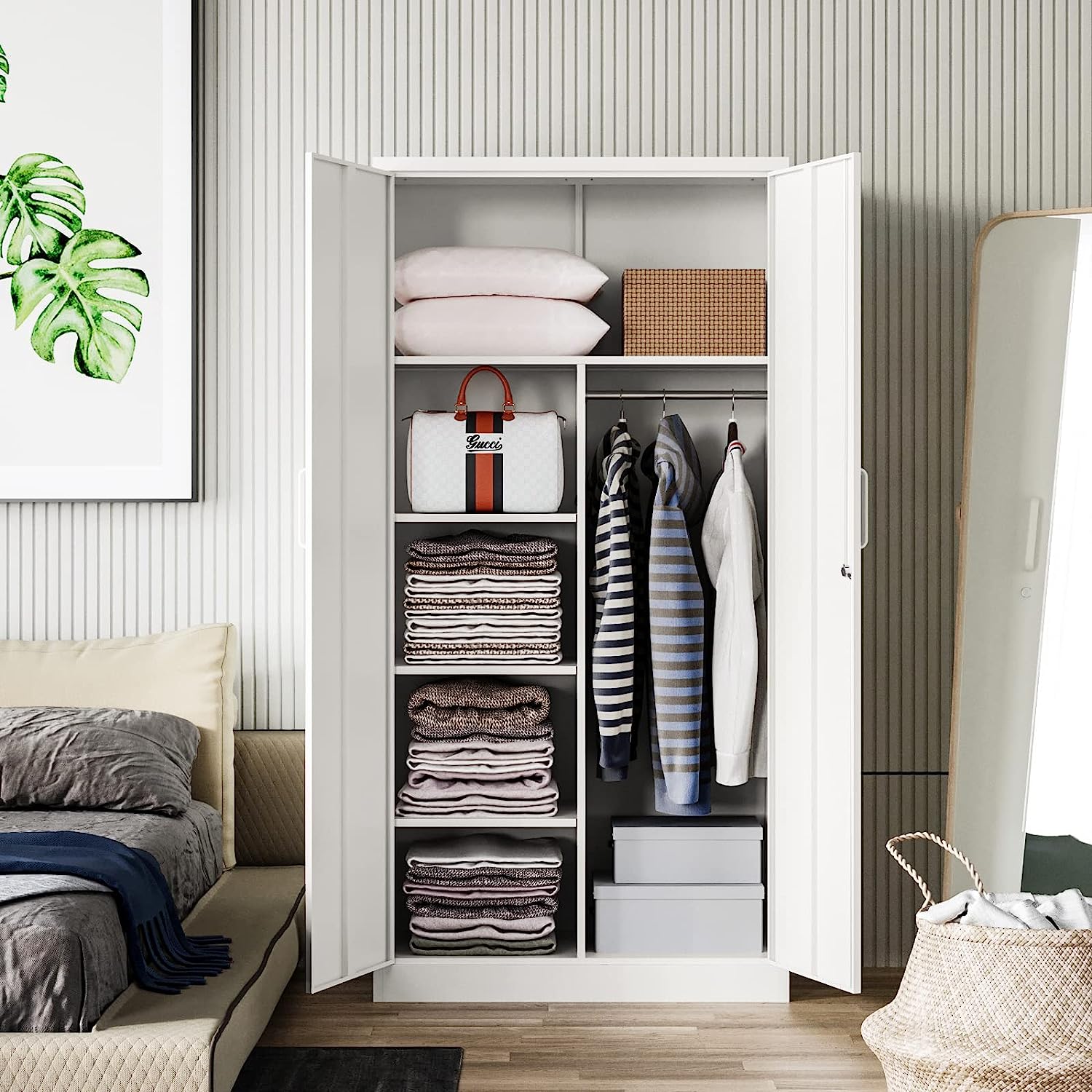

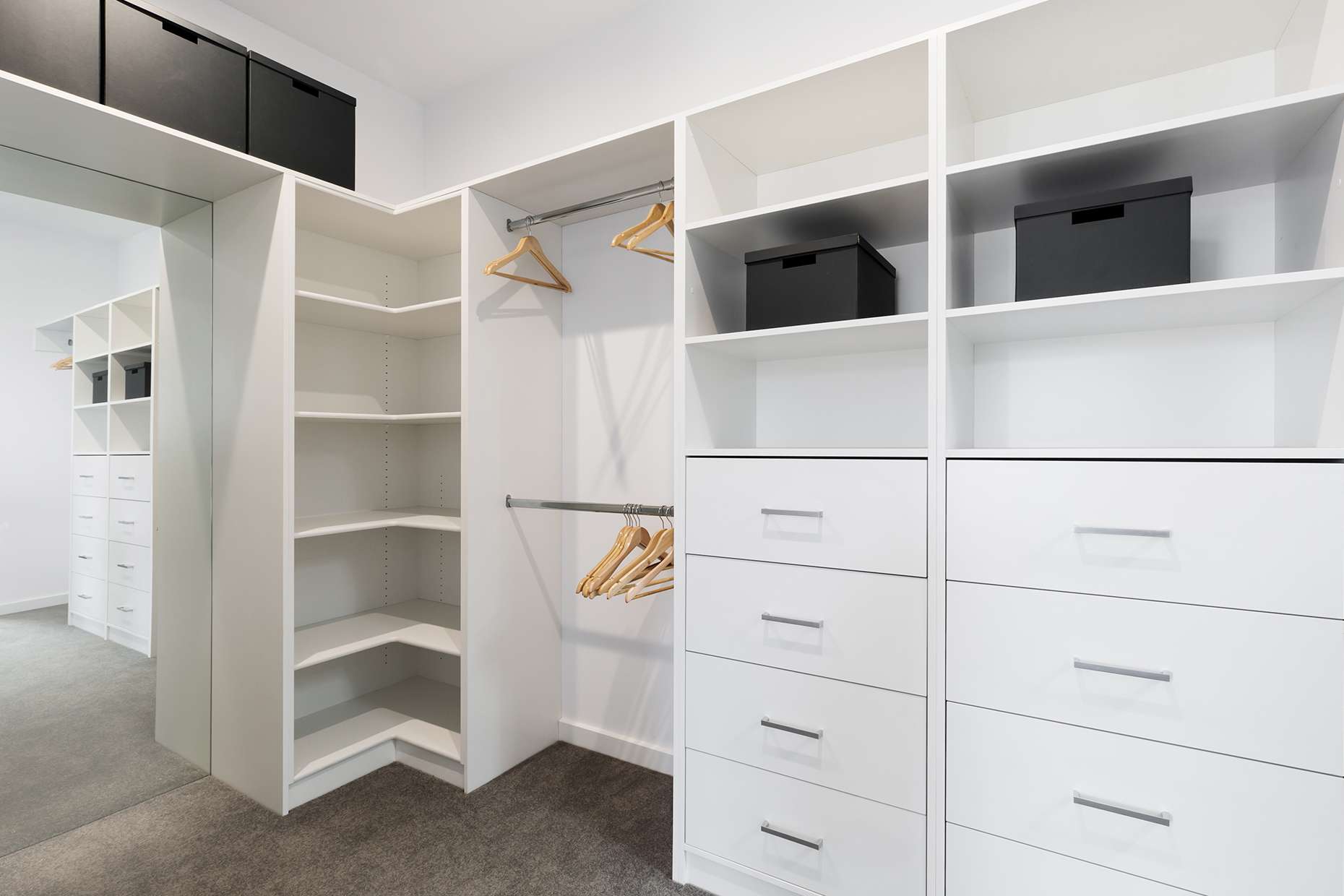
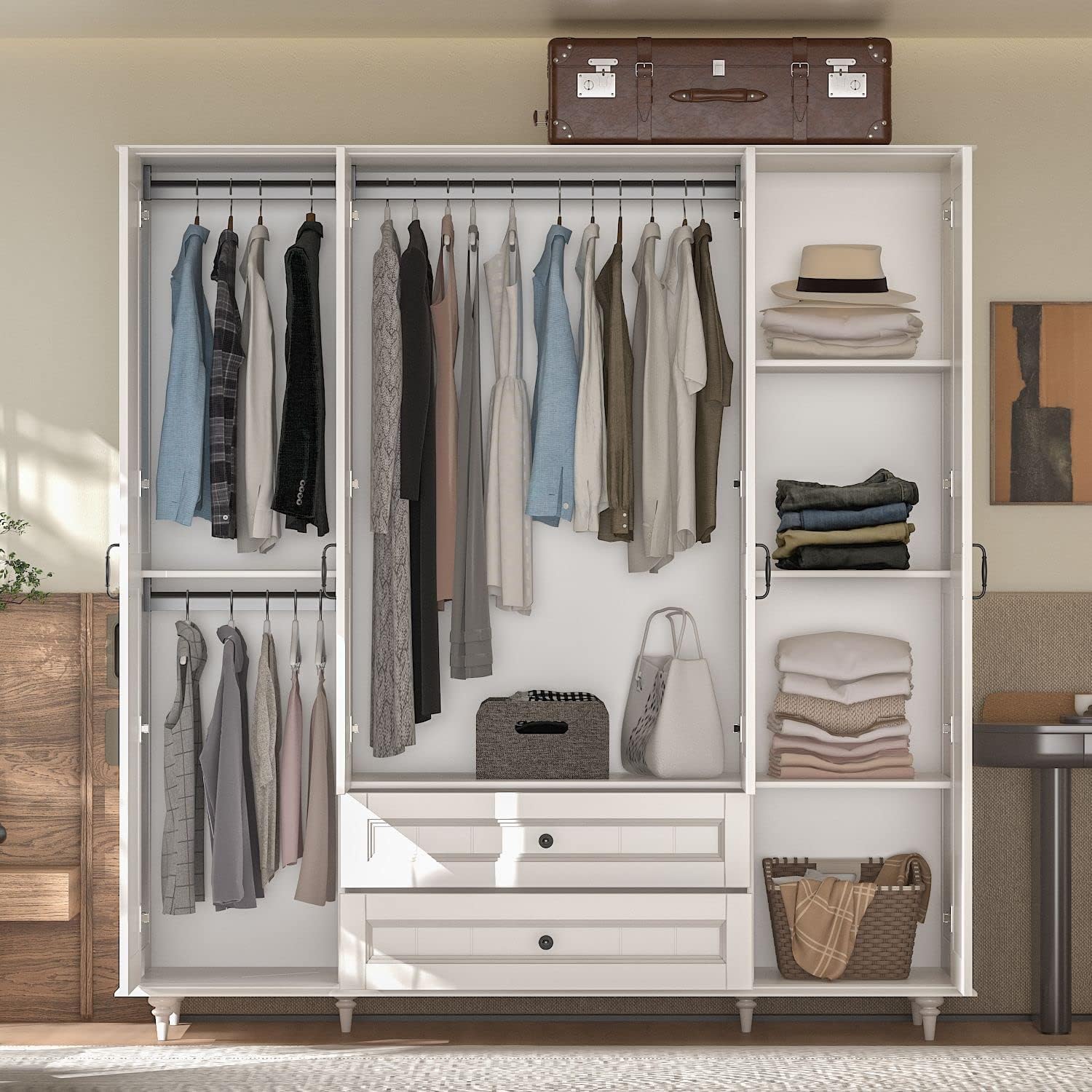
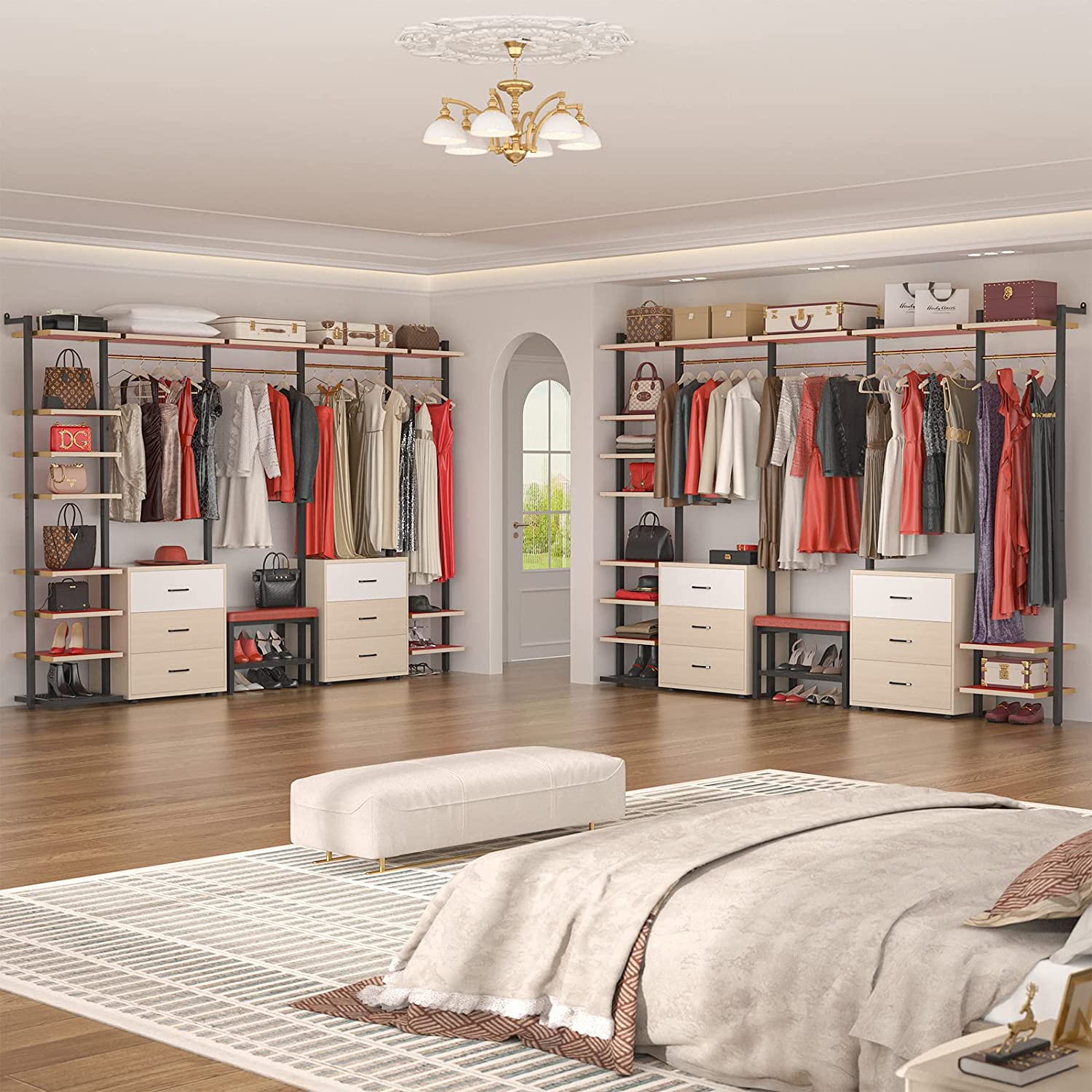
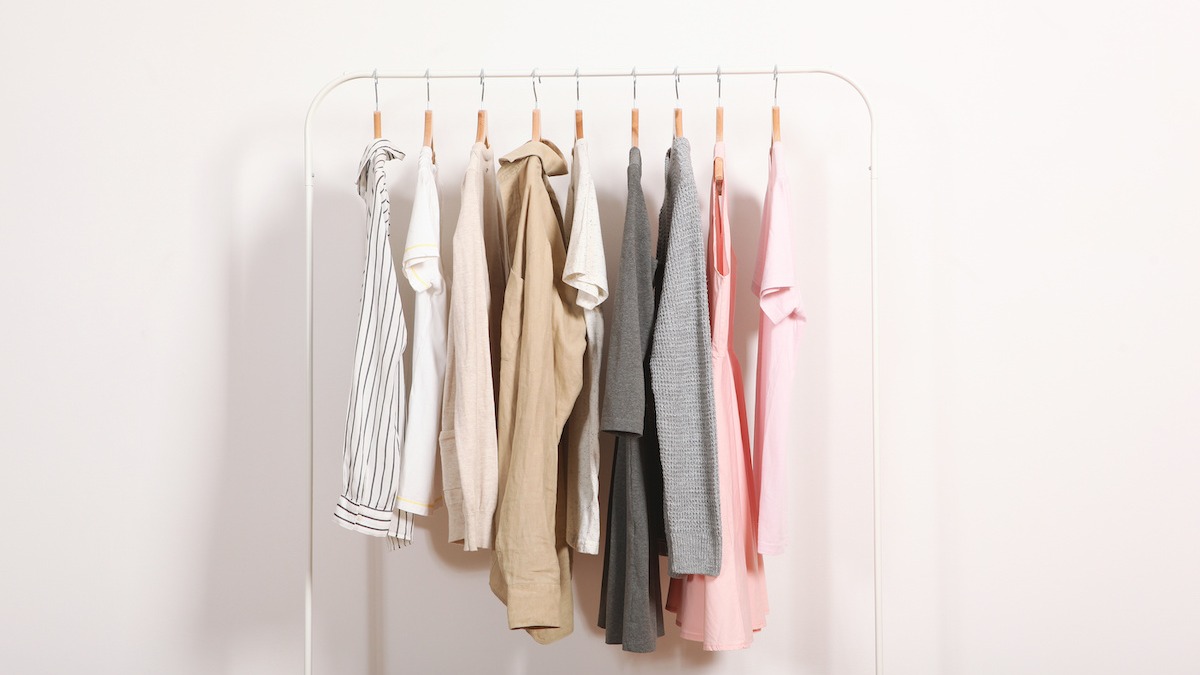
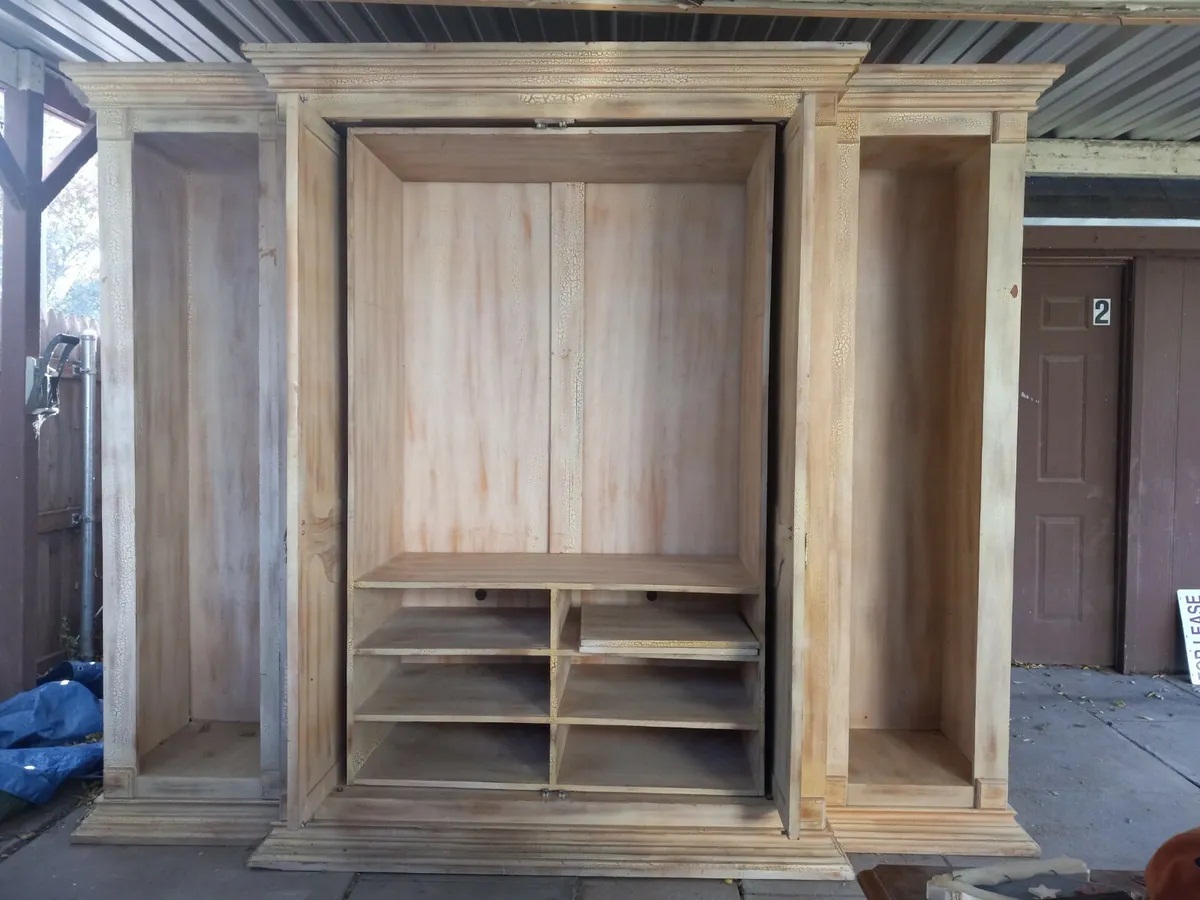
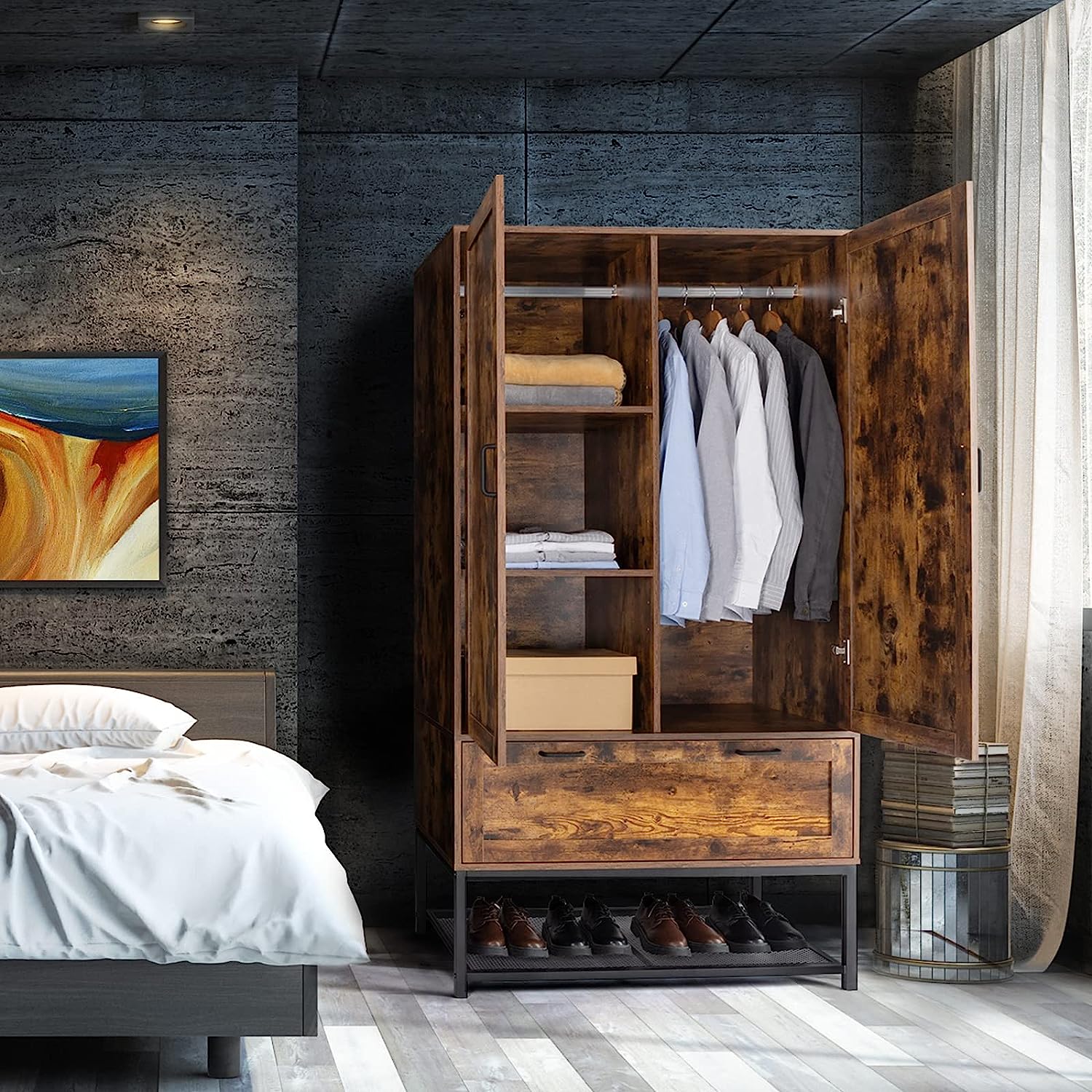

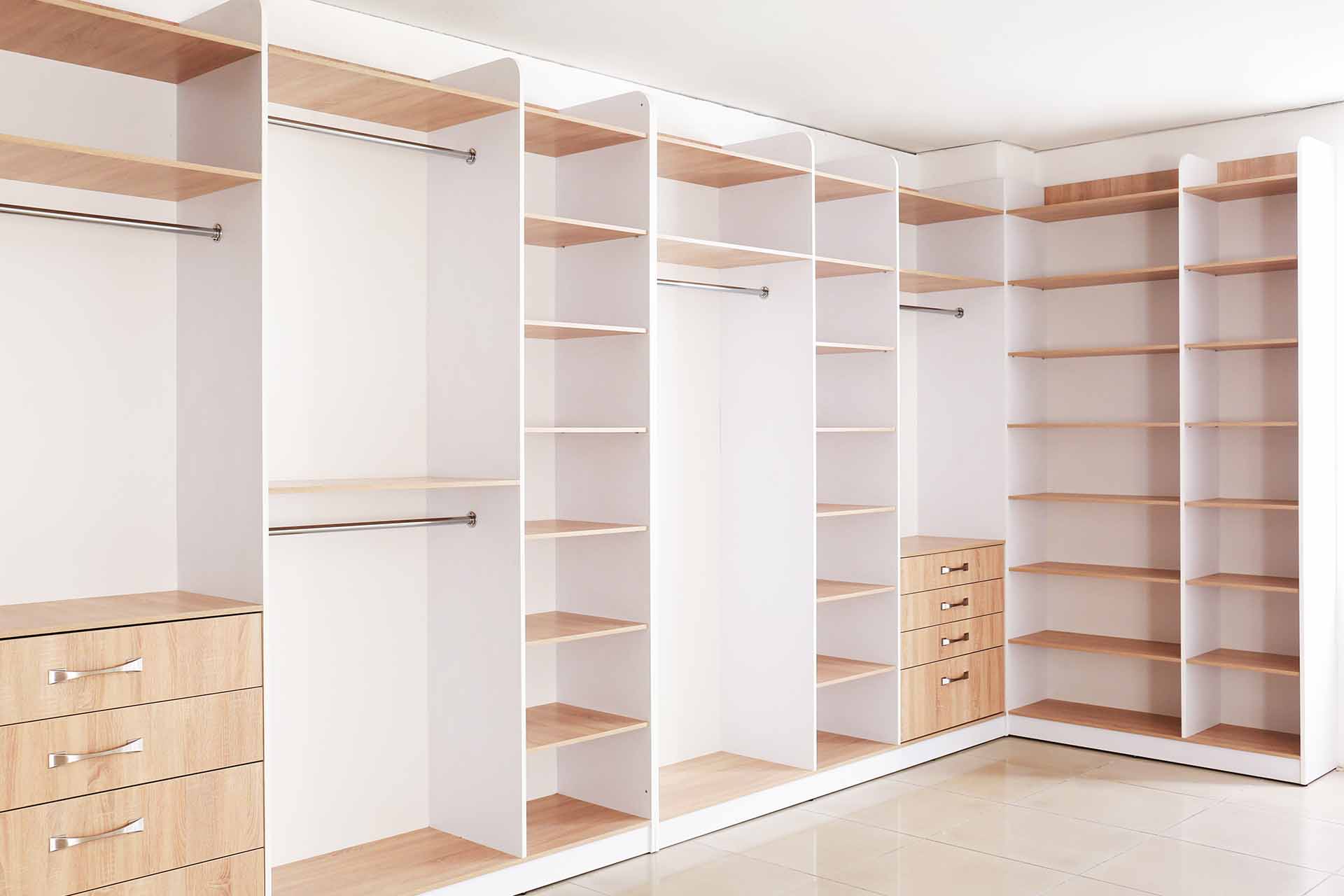
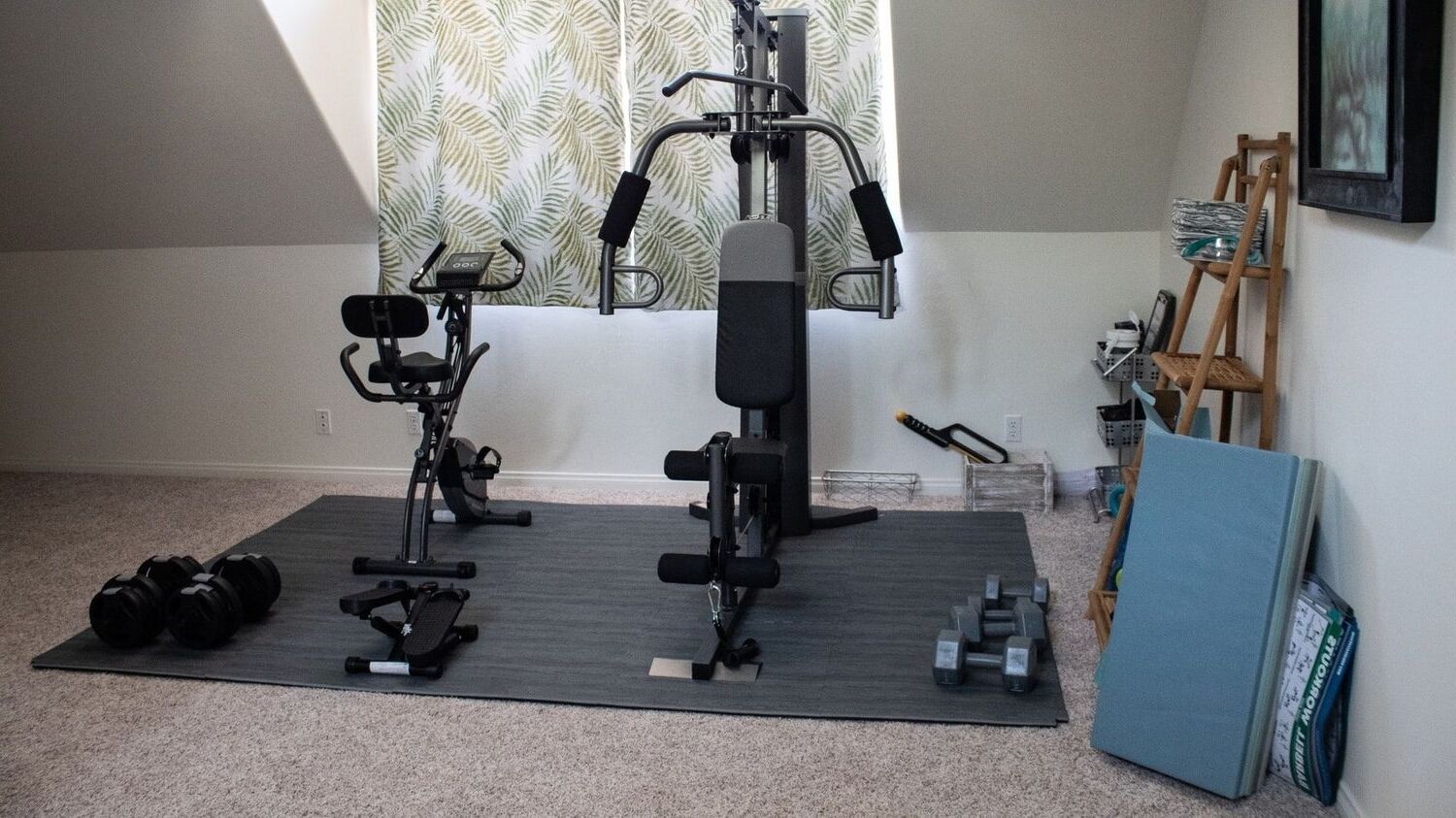
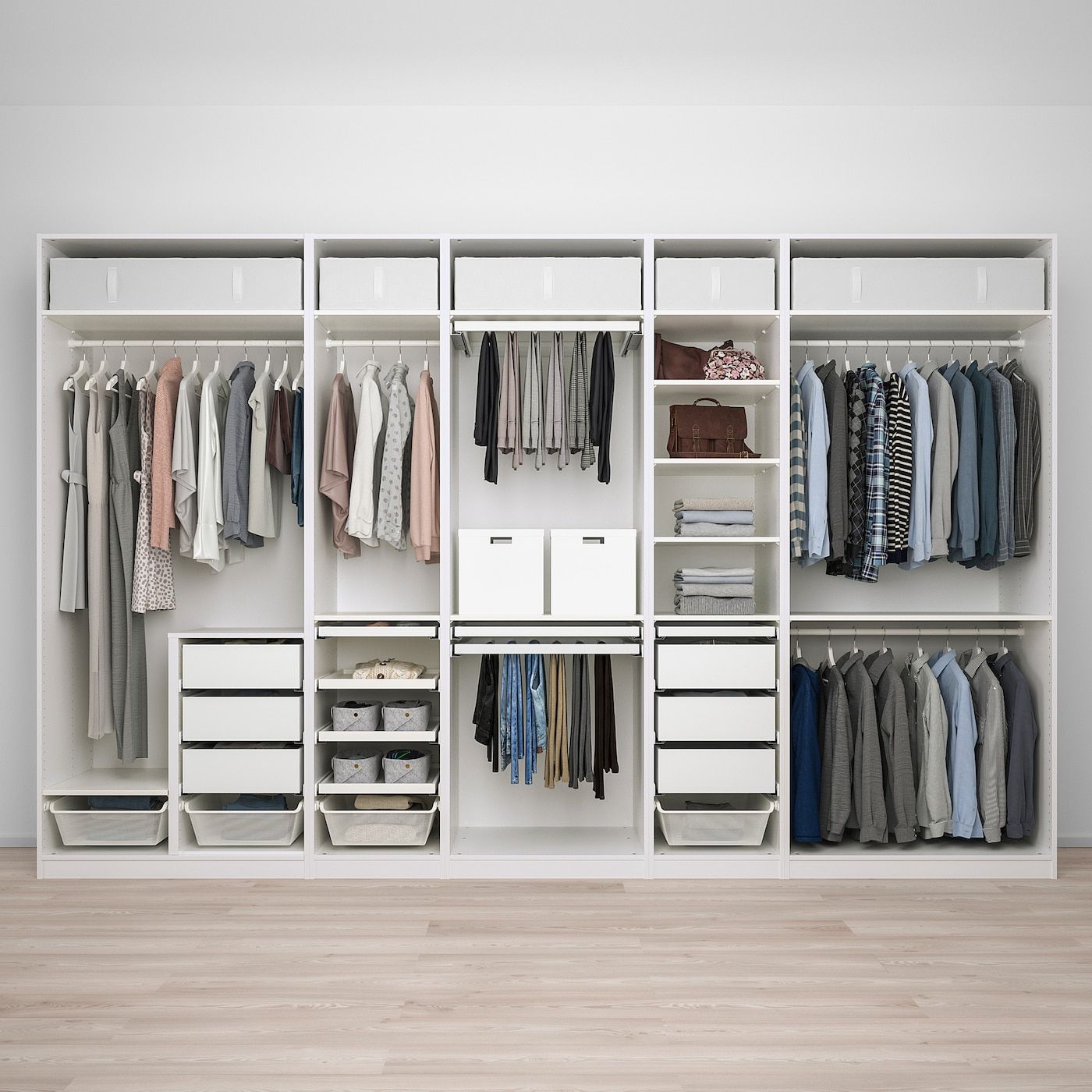

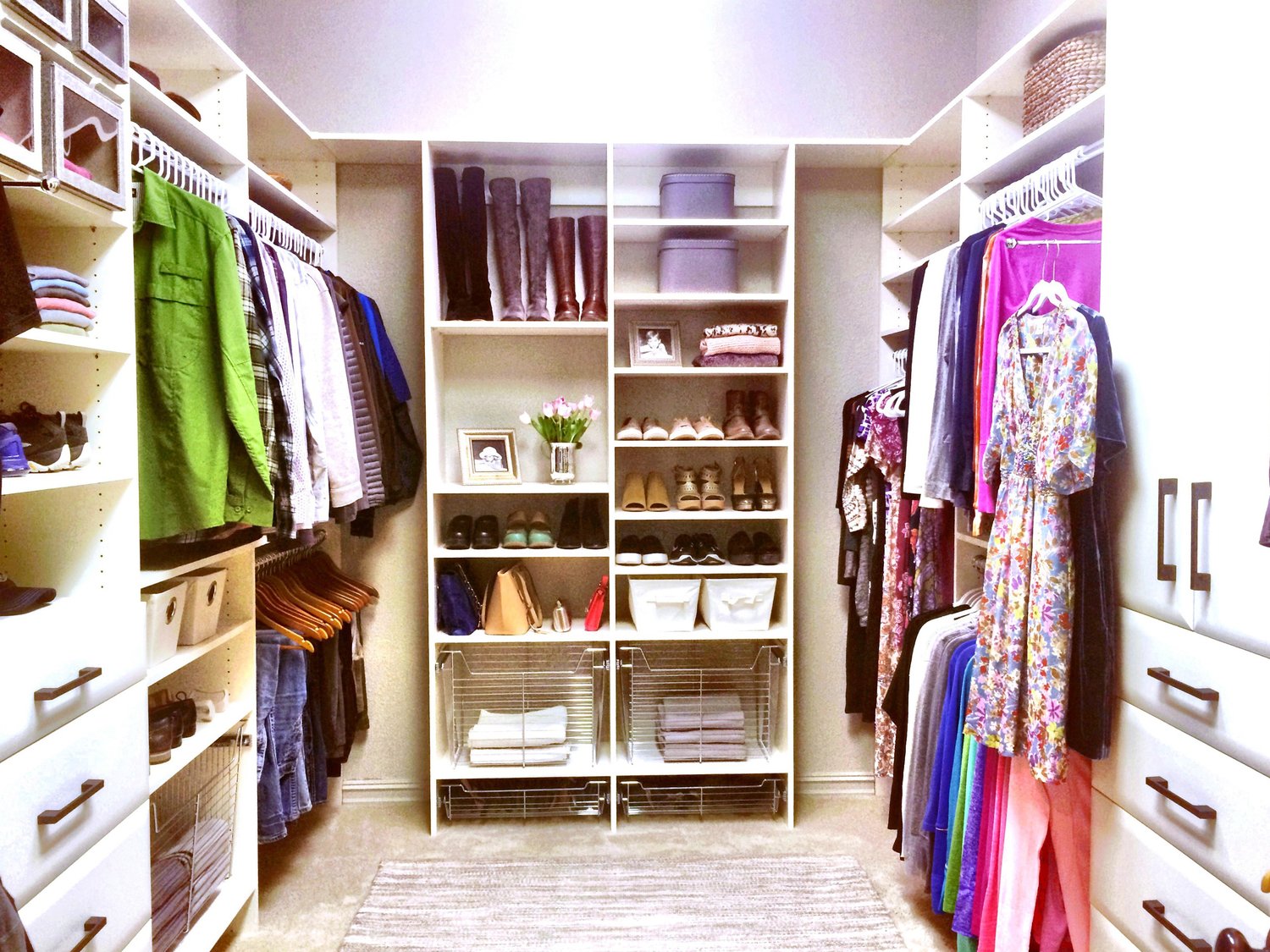

0 thoughts on “How To Build A New Wardrobe On A Budget”